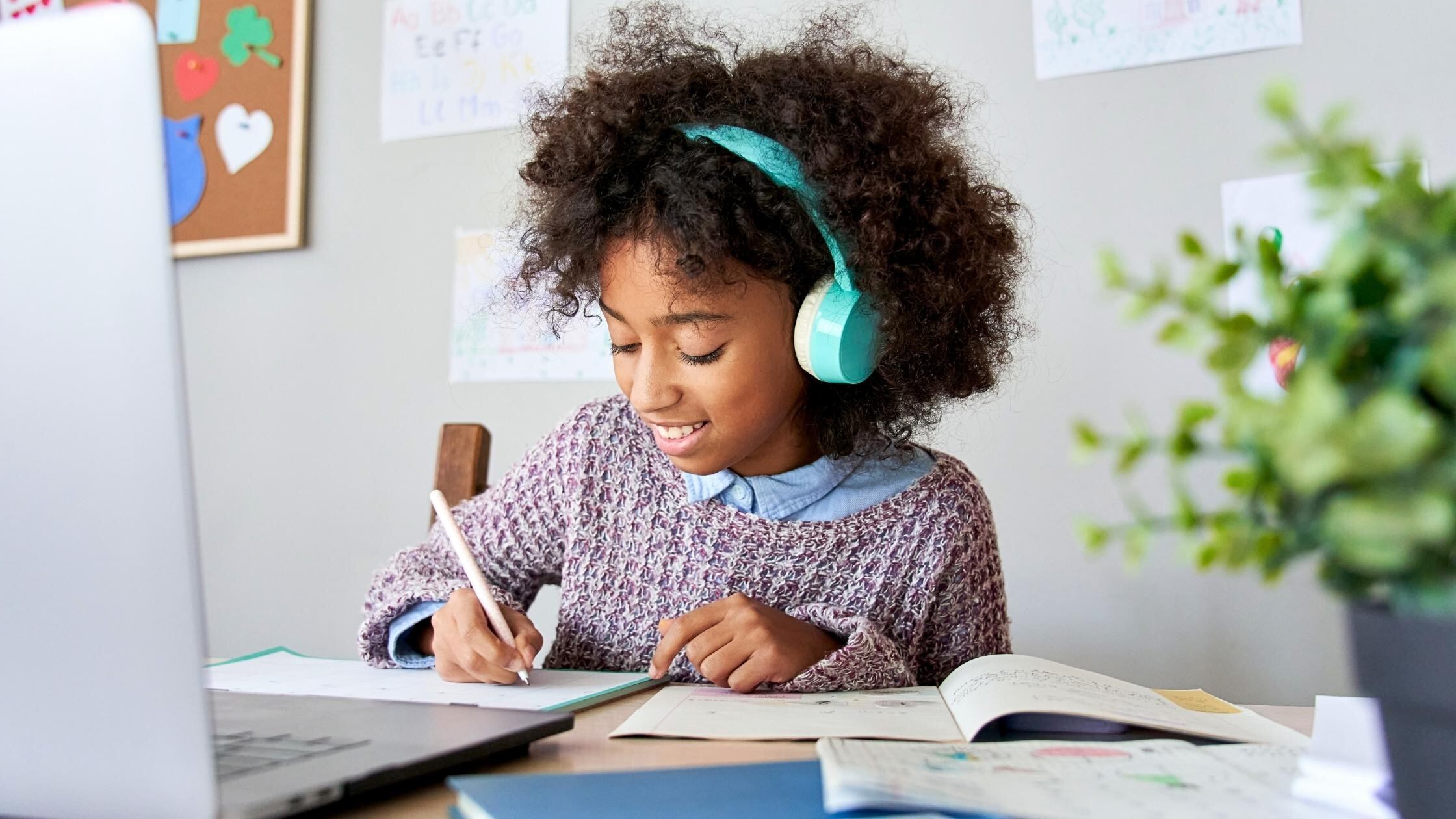February'25
The rise of the online teaching platform has opened various opportunities and challenges for students. Many children struggle with motivation and engagement due to a lack of social interaction. Without the lively discussions and group activities of traditional classrooms, learning can become isolated and dull. For example, two bright and curious children once thrived in their online classes. However, as weeks passed, their excitement faded. One struggled with motivation, while the other longed-for interaction. Concerned, their parents searched for ways to rekindle their enthusiasm for learning.
That’s where peer-to-peer learning comes in. With the help of an online teaching platform, children can learn together, collaborate on projects, and teach one another, transforming passive screen time into an interactive and dynamic educational experience.
What is Peer-to-Peer Learning?
Peer-to-peer learning is an approach where students learn by interacting with their peers instead of relying solely on instructors. It promotes active engagement, critical thinking, and a deeper understanding of concepts by encouraging students to explain, discuss, and solve problems together allowing them to take a greater ownership of their learning.
Why Peer Learning Boosts Engagement
-
Makes Learning More Interactive: Instead of passively listening to lectures, students actively participate by discussing and solving problems with their peers, making learning more engaging.
-
Encourages Social Connection: One of the biggest drawbacks of online learning is isolation. Peer-to-peer learning fosters friendships, teamwork, and communication, creating a sense of community within an online teaching platform.
-
Enhances Understanding and Retention: Explaining concepts to others reinforces understanding, helps develop a stronger grasp of subjects and improve retention.
-
Builds Confidence and Leadership: Children who engage in peer learning gain confidence in their abilities. Leading discussions, asking questions, and offering explanations help develop leadership and communication skills.
-
Promotes Independent Thinking: Instead of waiting for a teacher’s response, students learn to think critically, analyze information, and find solutions collaboratively, making them more independent learners.
-
Develops Problem-Solving Skills: When children work together, they encounter different perspectives and approaches, allowing them to develop stronger problem-solving skills, which are crucial for future success.
-
Creates a Supportive Learning Environment: Children will feel less pressure compared to a traditional teacher-led approach. They can ask questions freely, receive immediate feedback from peers, and support each other in learning new concepts.
-
Enhances Digital Collaboration Skills: Peer learning helps children improve their digital communication skills by working on shared documents, communicating effectively in online forums, and collaborating on projects remotely—skills essential for online teachers and future professionals.
How Parents Can Support Peer Learning at Home
Parents can play an essential role in fostering peer-to-peer learning outside of regular online classes. Here are some ways to encourage it:
-
Incorporate Peer Learning into Extracurricular Activities: Enroll your child in programs that emphasize teamwork and collaboration.
-
Use Collaborative Learning Platforms: Explore an online teaching platform that offers discussion forums, group projects, and peer-based activities.
-
Encourage Teaching at Home: Have your child explain what they’ve learned to a sibling or friend, reinforcing their own understanding.
-
Join Virtual Study Groups: Encourage your child to participate in online study groups where they can discuss lessons with peers.
-
Promote Real-Life Applications: Encourage your child to apply their learning in real-life scenarios, such as discussing scientific concepts with friends or solving math problems in a group setting.
-
Organize Learning Challenges: Set up small group challenges or competitions where kids work together to solve problems or complete tasks.
-
Schedule Regular Peer Check-Ins: Set up virtual or in-person meetings with friends to review lessons together, ensuring continuous engagement and accountability.
Final Thoughts
Peer-to-peer learning is more than just a method—it’s a transformative approach to education that enhances engagement, deepens comprehension, and fosters essential social skills. By integrating peer collaboration into an online teaching platform, students not only learn better but also develop the ability to communicate and work effectively in a digital world.
For those transitioning from TakeLessons or looking to optimize their experience with modern online teaching platforms, Wondrfly offers a wealth of valuable resources. Explore our content, connect with like-minded educators, and take advantage of the best tools available to create impactful learning experiences. Explore Wondrfly today and unlock the potential of interactive education!
